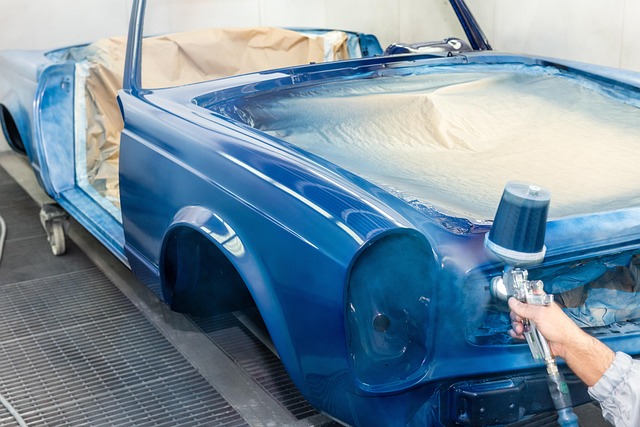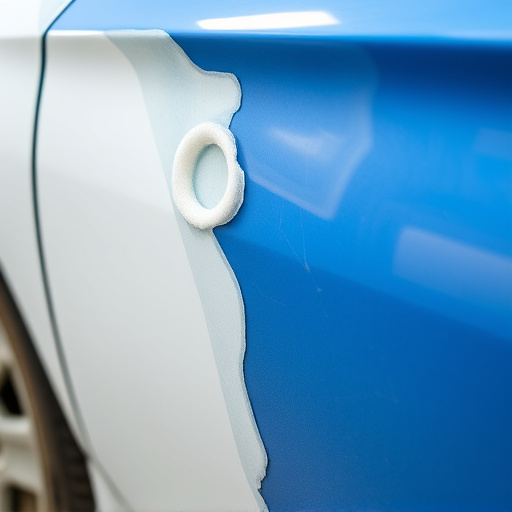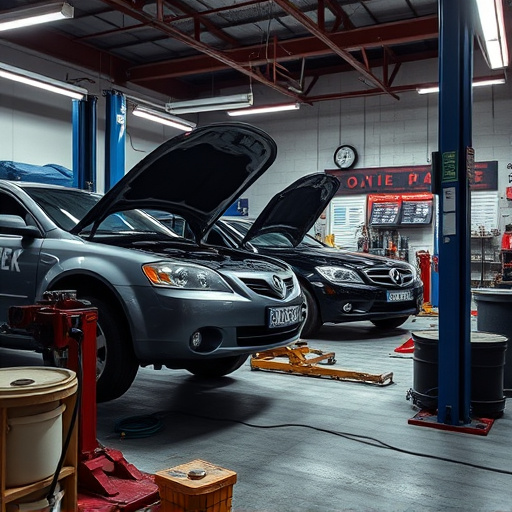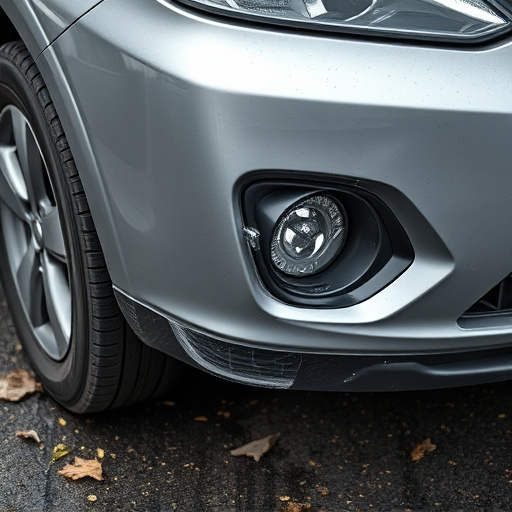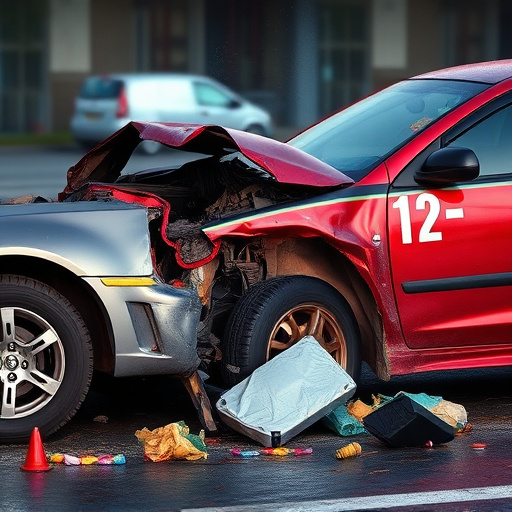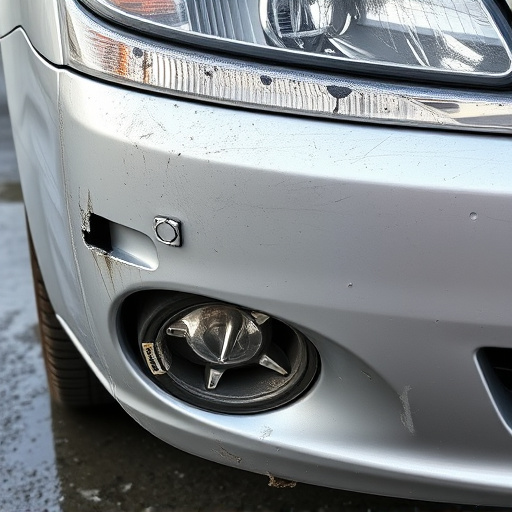Mercedes electronic steering repair is vital for improved fuel efficiency and driver precision. Regular maintenance and prompt addressing of lag/resistance issues prevent safety risks. Specialized auto services use advanced tools to diagnose and fix problems like sensor malfunctions, worn parts, and misalignments, ensuring reliable, accurate steering over time.
Mercedes electronic steering systems offer precise control and enhanced driving dynamics. However, issues like steering lag or resistance can arise due to various factors, affecting both performance and safety. This article delves into the common problems causing these issues in Mercedes vehicles, providing a detailed step-by-step repair guide for optimal performance. Understanding and addressing Mercedes electronic steering repair is crucial for ensuring a smooth and confident driving experience.
- Understanding Mercedes Electronic Steering Systems
- Common Issues Leading to Steering Lag or Resistance
- Step-by-Step Repair Process for Optimal Performance
Understanding Mercedes Electronic Steering Systems
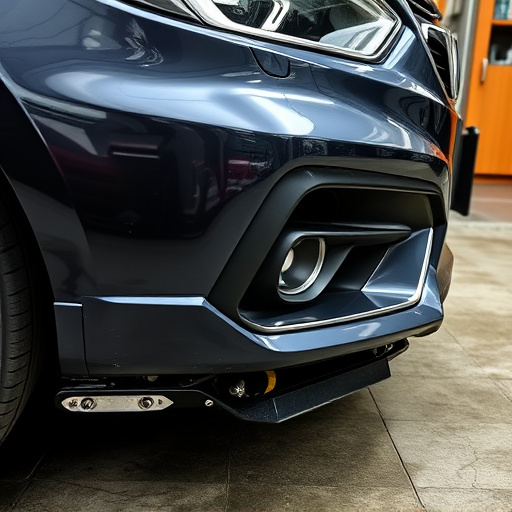
Mercedes vehicles are renowned for their cutting-edge technology, and electronic steering systems are a key component of this innovation. These advanced systems replace the traditional hydraulic power steering setup with an electric motor and sensor-based control unit. This transition offers numerous advantages, including improved fuel efficiency, enhanced driver precision, and reduced overall weight. However, like any complex automotive system, it requires regular maintenance and expert care to function optimally.
When it comes to Mercedes electronic steering repair, addressing any issues promptly is crucial. Steering lag or resistance can indicate problems with the sensors, motor, or control unit. Auto repair services specializing in Mercedes vehicles have the diagnostic tools and expertise to identify these issues. By keeping up with scheduled maintenance and seeking professional body shop services when needed, vehicle owners can ensure their Mercedes steering systems remain responsive, reliable, and safe for years to come.
Common Issues Leading to Steering Lag or Resistance
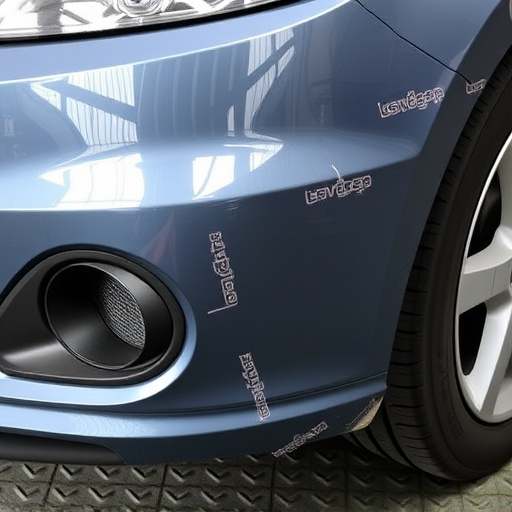
Steering lag or resistance in a Mercedes vehicle can stem from various common issues. One of the primary culprits is wear and tear on the steering rack, which can result from prolonged use or poor maintenance. This problem often manifests as increased friction, leading to a slower and more effortful steering response. Another frequent issue involves sensor malfunctions, particularly with the power steering pump sensors. When these sensors fail, they can send inaccurate signals, causing the steering to feel laggy or resistant.
Moreover, damage or misalignment during a previous accident or improper repairs can also contribute to steering problems. Even issues as seemingly unrelated as worn-out ball joints or faulty tie rods can indirectly affect steering accuracy and fluidity. In classic car restorations, ensuring that every component is in pristine condition and correctly aligned is crucial for achieving seamless steering, where the vehicle responds accurately to the driver’s inputs without any noticeable lag or resistance.
Step-by-Step Repair Process for Optimal Performance

When it comes to Mercedes electronic steering repair, a systematic approach is key to achieving optimal performance. The process begins with a thorough inspection to identify any faulty components or underlying issues. Technicians use advanced diagnostic tools to scan for error codes and evaluate system parameters, pinpointing the exact cause of steering lag or resistance. Once diagnosed, the next step involves replacing or repairing the problematic parts—be it a control module, sensor, or actuator. This ensures the electronic power steering (EPS) system functions seamlessly, providing drivers with precise control without any noticeable delay or increased resistance.
A skilled mechanic will also check for any signs of wear and tear on the steering rack and pinion, which are crucial components in the overall steering mechanism. If necessary, these parts should be replaced to maintain the car’s safety and handling capabilities. After the repair, a test drive is essential to verify the system’s performance, ensuring the absence of any remaining steering lag or unusual noises. This meticulous step-by-step process guarantees that the Mercedes electronic steering repair not only fixes the existing problem but also prevents future issues, enhancing both driving comfort and vehicle longevity.
Mercedes electronic steering repair is a crucial step in addressing steering lag and resistance issues. By understanding the intricate systems and common problems, car owners can ensure optimal vehicle performance. The step-by-step repair process outlined in this article provides a reliable guide for tackling these challenges, allowing drivers to navigate with precision and confidence. For those seeking to enhance their Mercedes’ handling capabilities, prompt action on electronic steering repairs is recommended, preventing potential safety hazards and improving overall driving experience.
